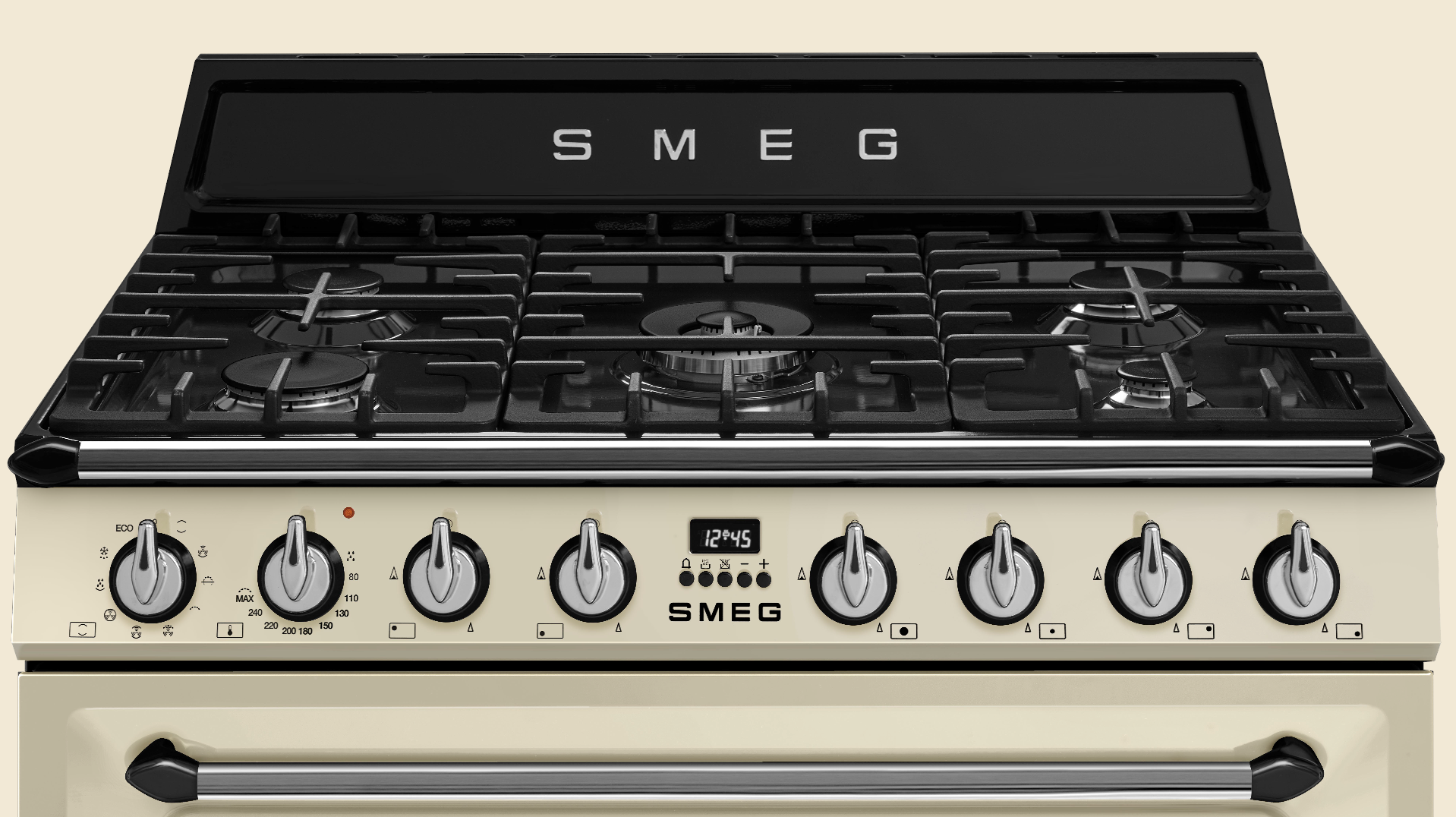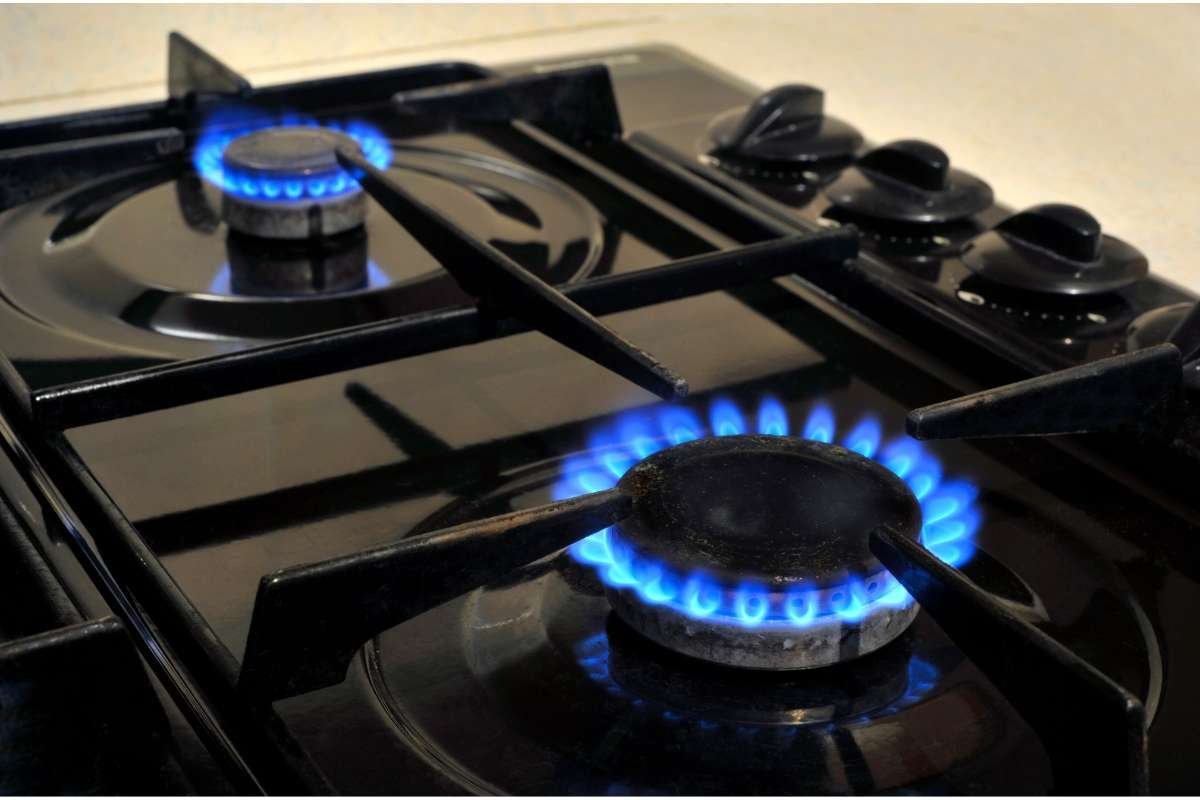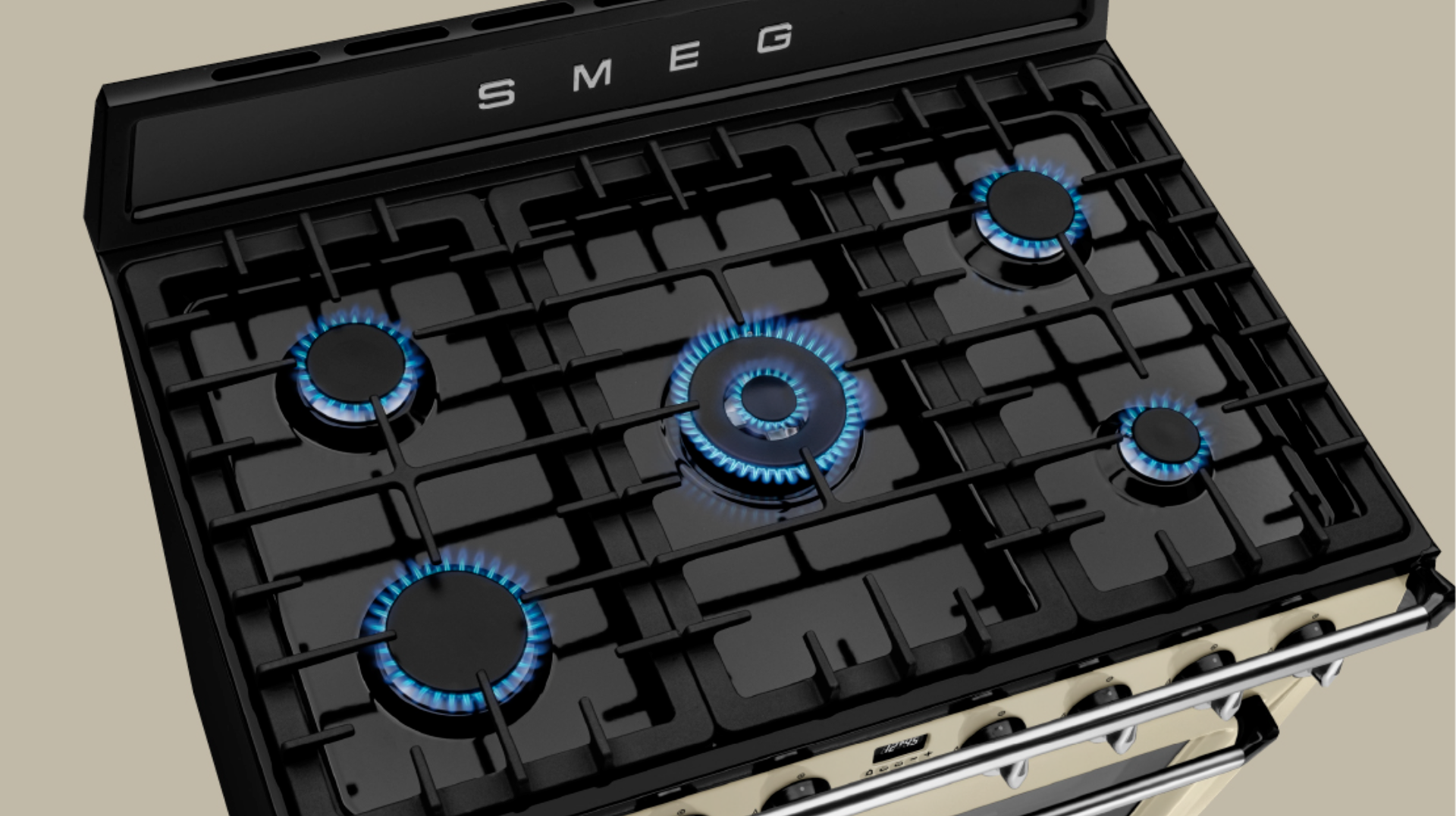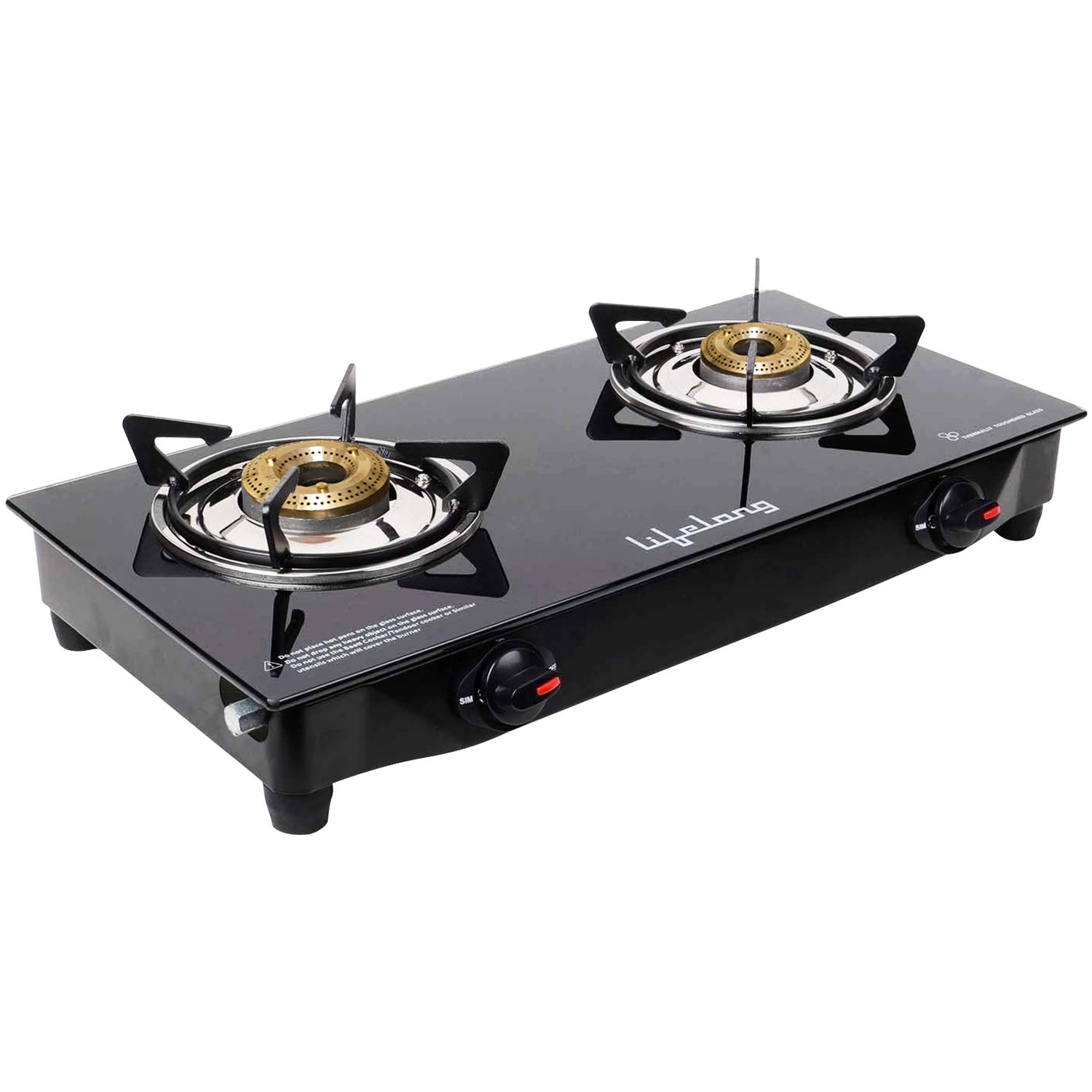Gas Stove vs Induction: A Comparison of Cooking Methods

I. Introduction to Gas Stove and Induction Cooktop
A. Understanding the Basics of Gas Stoves and Induction Cooktops
Gas stoves and induction cooktops are two popular methods of cooking that offer different heat sources and cooking experiences. Gas stoves utilize open flame from a gas burner, while induction cooktops use electromagnetic fields to heat the cookware directly. Understanding the basics of each cooking method is essential for selecting the most suitable option for your kitchen.
B. Benefits and Considerations of Each Cooking Method
Gas stoves offer instant heat control, direct flame cooking, and versatility for various cooking techniques. On the other hand, induction cooktops provide rapid and consistent heating, precise temperature control, enhanced safety features, and energy efficiency. Considering the benefits and specific requirements of each method is important in determining which option aligns best with your cooking needs and preferences.
II. Heat Source and Efficiency
A. Gas Stove: Utilizing Open Flame for Cooking
- Direct Heat Transfer and Instant Control
Gas stoves provide direct heat transfer through an open flame, allowing for immediate and precise control over the cooking temperature. The flame can be adjusted instantly, providing flexibility for different cooking techniques.
- Gas Efficiency and Energy Consumption

The efficiency of gas stoves depends on the quality of the burner and the control of the flame. While gas stoves are generally efficient in terms of energy consumption, open flames can produce heat that escapes into the surrounding environment, resulting in some energy loss.
B. Induction Cooktop: Using Electromagnetic Fields for Heating
- Induction Technology and Indirect Heat Transfer
Induction cooktops utilize electromagnetic fields to generate heat directly in the cookware. This method ensures efficient heat transfer and eliminates heat loss to the surrounding environment. The heat is generated only where the cookware comes into contact with the cooktop.
- Energy Efficiency and Precise Temperature Control
Induction cooktops are highly energy-efficient since the heat is generated directly in the cookware. They provide precise temperature control and rapid heat adjustment, allowing for quick and accurate cooking results.

III. Cooking Performance and Flexibility
A. Gas Stove: Traditional Cooking Experience
- Even Heat Distribution and Control
Gas stoves offer even heat distribution, allowing for consistent cooking results. The open flame provides direct heat to the cookware, enabling better control over the cooking process.
- Versatility for Various Cooking Techniques
Gas stoves are versatile and suitable for a wide range of cooking techniques. The open flame allows for techniques such as flame-searing, wok cooking, and charring, providing the flexibility to achieve different flavors and textures in dishes.
B. Induction Cooktop: Rapid and Consistent Heating
- Instantaneous Heat Adjustment and Response
Induction cooktops offer rapid and precise heat adjustment, providing instantaneous response to changes in temperature settings. This allows for precise control over the cooking process and reduces the risk of overcooking or burning.
- Enhanced Safety Features and Ease of Cleaning
Induction cooktops have safety features such as automatic shut-off and residual heat indicators, making them safer to use. Additionally, the smooth ceramic glass surface is easy to clean due to the absence of open flames or heating elements.
IV. Safety and Environmental Considerations
A. Gas Stove: Potential Gas Leaks and Flames

- Safety Precautions and Maintenance
Gas stoves require proper ventilation and maintenance to prevent gas leaks and ensure safe operation. Regular cleaning and inspection of gas lines, burners, and valves are necessary to minimize safety risks.
- Carbon Monoxide and Air Quality Concerns
Gas stoves produce combustion byproducts, including carbon monoxide. Adequate ventilation is crucial to remove these byproducts and maintain good indoor air quality. Installing a carbon monoxide detector is recommended for added safety.
B. Induction Cooktop: Electromagnetic Fields and Cookware Compatibility
- Safety Features and Child Lock Systems
Induction cooktops are equipped with safety features such as automatic shutdown when no cookware is detected. Some models also offer child lock systems to prevent accidental use.
- Environmental Impact and Energy Efficiency
Induction cooktops are highly energy-efficient since heat is generated directly in the cookware, resulting in minimal energy loss. They also have a lower environmental impact compared to gas stoves, as they do not produce combustion emissions or use fossil fuels.
V. Installation and Cost Factors
A. Gas Stove: Infrastructure and Ventilation Requirements
- Gas Line Availability and Installation Considerations
Installing a gas stove requires a gas line connection. If a gas line is not readily available, the installation process may involve additional expenses and professional assistance.
- Ventilation Requirements and Cost Analysis
Proper ventilation is crucial for gas stoves to remove combustion byproducts and ensure indoor air quality. This may involve installing a range hood or providing adequate natural ventilation, which can add to the overall cost.
:max_bytes(150000):strip_icc()/GettyImages-123544650-0fa09a2f05a24cca8374bf9c6adb0495.jpg)
B. Induction Cooktop: Power Supply and Cookware Compatibility
- Electrical Wiring and Power Capacity
Induction cooktops require a dedicated electrical circuit with sufficient power capacity. Upgrading the electrical wiring may be necessary, depending on the existing infrastructure.
- Cookware Compatibility and Upgrade Costs
Induction cooktops require specific types of cookware that are compatible with their magnetic fields. If existing cookware is not compatible, purchasing induction-compatible cookware might be necessary, adding to the initial investment.
VI. Maintenance and Longevity
A. Gas Stove: Cleaning and Maintenance Practices
- Burner Care and Drip Pan Maintenance
Regular cleaning of gas stove burners and drip pans is essential to prevent grease buildup and maintain optimal performance. Removing and cleaning burner components periodically helps prevent clogs and ensures even flame distribution.
- Lifespan and Replacement of Gas Stove Components
Gas stoves generally have a long lifespan, but some components, such as burner valves or ignition systems, may require replacement over time. Regular maintenance and inspection help identify any worn-out or malfunctioning parts.
B. Induction Cooktop: Cleaning and Care Guidelines
- Ceramic Glass Surface Maintenance
Induction cooktops have a smooth ceramic glass surface that is easy to clean. Regular wiping with a non-abrasive cleaner keeps the surface looking pristine. Avoid using abrasive materials or cookware that can scratch or damage the glass.
- Lifespan and Wear of Induction Components
The lifespan of an induction cooktop is generally long, but components such as the induction coils or control boards may require replacement after many years of use. Regular cleaning and avoiding extreme temperature changes can help prolong the lifespan of these components.
In conclusion, the choice between a gas stove and an induction cooktop depends on personal preferences, cooking styles, and kitchen specifications. Gas stoves provide a traditional cooking experience with direct heat control and versatility, while induction cooktops offer rapid and precise heating with enhanced safety features. Considerations such as efficiency, cooking performance, safety, cost, installation requirements, maintenance, and longevity play a role in determining the right cooking method for your kitchen. By evaluating your cooking style and priorities, you can make an informed decision that aligns with your needs and enhances your culinary experience.
